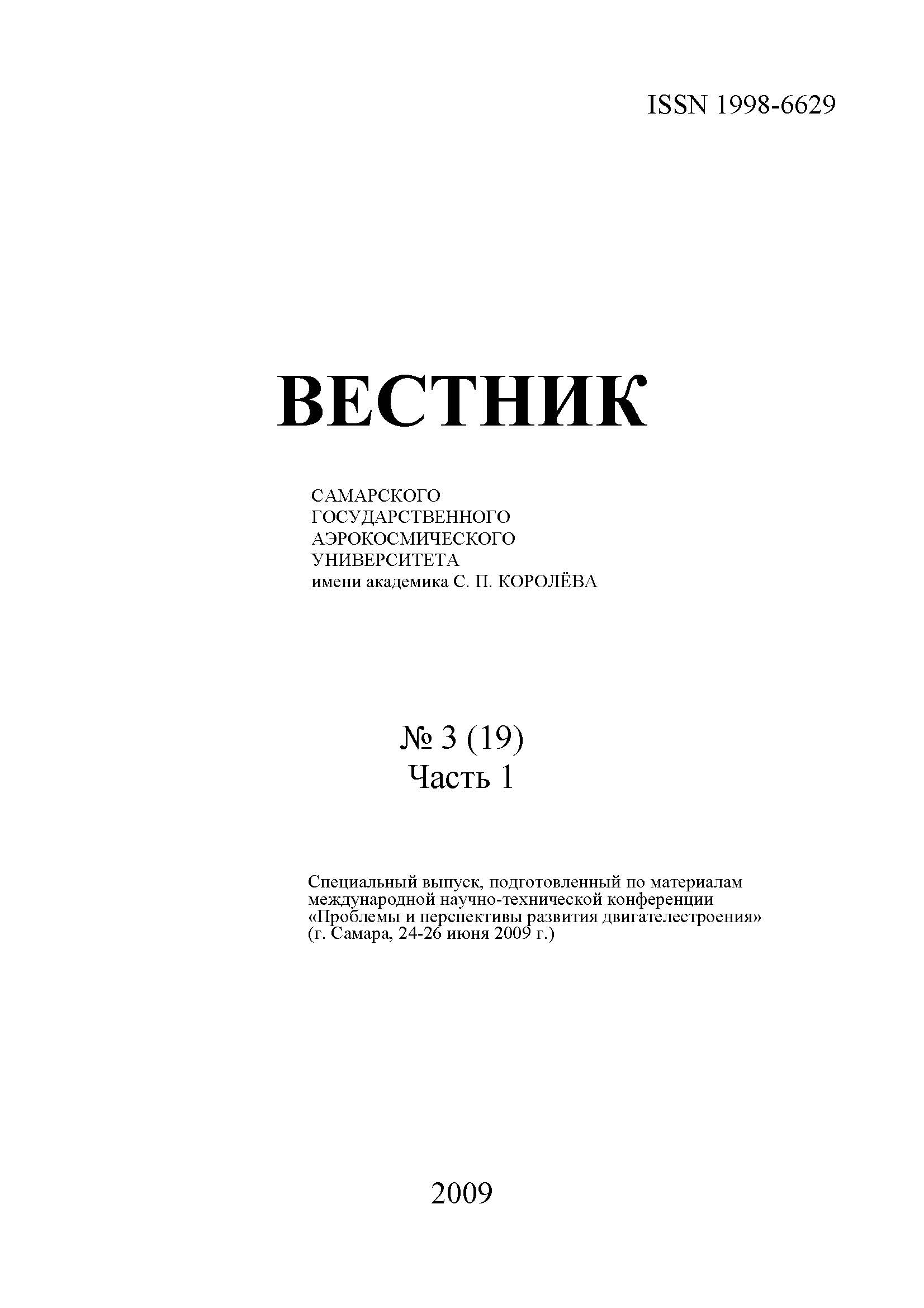Pressure-gain combustion and its potential for gas turbine engine enhancement
- Authors: Lutoschkin E.V.1, Rose M.G.1, Staudacher S.1
-
Affiliations:
- Institute of Aircraft Propulsion Systems, University of Stuttgart, Germany
- Issue: Vol 8, No 3-1 (2009): Special Issue
- Pages: 46-56
- Section: AIRCRAFT AND SPACE ROCKET ENGINEERING
- URL: https://journals.ssau.ru/vestnik/article/view/675
- DOI: https://doi.org/10.18287/2541-7533-2009-0-3-1(19)-46-56
- ID: 675
Cite item
Full Text
Abstract
Despite its simplicity the quasi-isobaric, steady-flow combustion in gas turbines has been identified to have major disadvantages. The highly irreversible heat addition process in conjunction with inevitable loss in stagnation pressure represent an obvious penalty to engine performance and limit the thermodynamic cycle efficiency. This intrinsic drawback of conventional gas turbine combustion can be substantially improved by introduction of pressuregain combustion. The main advantage of pressure gain combustors is their potential for a significant rise in thermal cycle efficiency, its magnitude essentially depending on the specific device chosen. The thermodynamic advantage of pressure-gain combustion is analysed and shown as a function of the combustor pressure ratio for various gas turbine engine setups. Further, the aim of this paper is to summarize the status and important research efforts in this field. A compilation of proposed pressure-gain combustor concepts is presented with regard to its performance, mechanical complexity and suitability for use in gas turbines.
About the authors
E. V. Lutoschkin
Institute of Aircraft Propulsion Systems, University of Stuttgart, Germany
Author for correspondence.
Email: vest@ssau.ru
Russian Federation
M. G. Rose
Institute of Aircraft Propulsion Systems, University of Stuttgart, Germany
Email: vest@ssau.ru
Russian Federation
S. Staudacher
Institute of Aircraft Propulsion Systems, University of Stuttgart, Germany
Email: vest@ssau.ru
Germany
References
Supplementary files





















